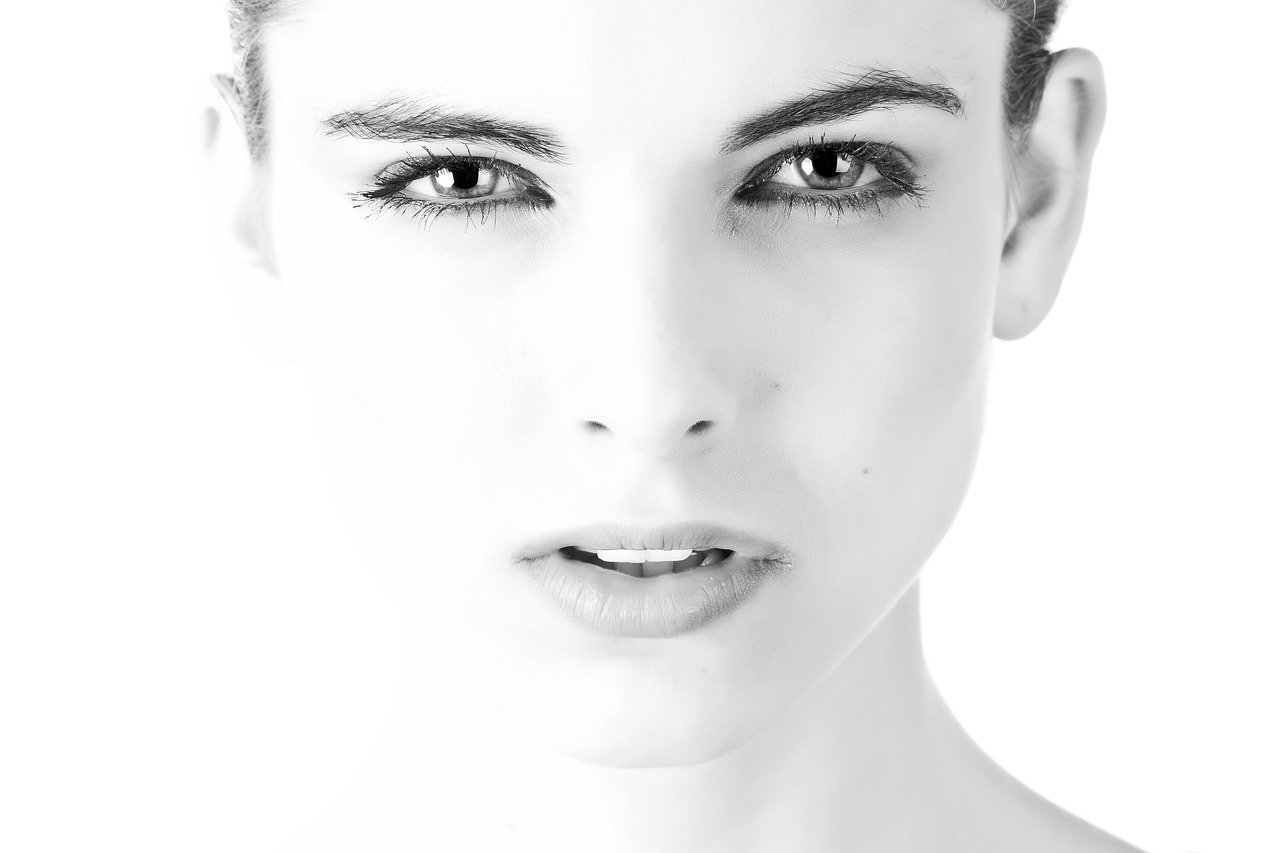What Makes a Good Black and White Portrait?
Estimated reading time: 14 minutes
Table of contents
- Making Good Black and White Portraits with Digital Cameras is Easy
- Think in Black and White for Portrait Photography
- Switch Your Monitor/Viewfinder to Black and White
- Choosing the Light for Creative Feeling
- Using Hard Light for Powerful Black and White Portraits
- Beautiful Photography with Soft Light
- Post-Processing for Stunning Black and White Photography
- Connect With The Person You Are Photographing
- Conclusion
A good black and white portrait photo will sometimes catch our eye more than a color portrait. What factors contribute to a good black-and-white portrait? Why is this medium so enduringly appealing?
Portraits in black and white can be refreshingly simple. By limiting the amount of color information that the eye can perceive, the subtle shades of grey allow us to interpret what we see more emotionally.
The entire world is colored. People are vibrant. When the color is removed from a portrait image, we are left with a new representation of a character.
Making Good Black and White Portraits with Digital Cameras is Easy
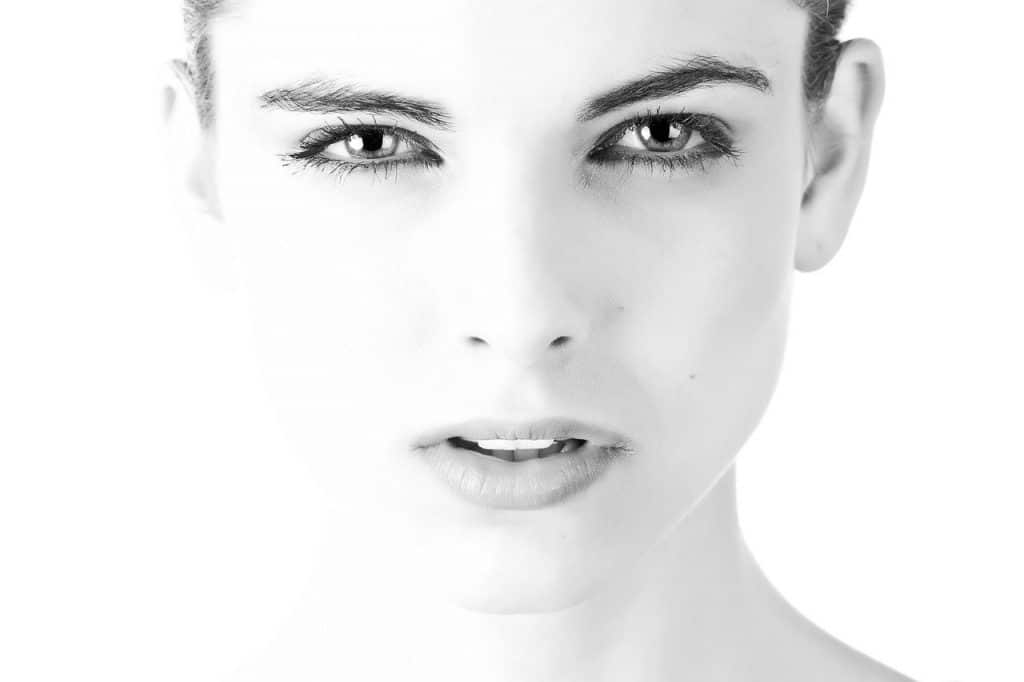
When you take a portrait photograph with your digital camera, you have the option of rendering it in black and white or color. A color digital photo can be converted to black and white photography with the help of editing software.
When it comes to post-processing, choosing to capture your photos as RAW files gives you far more flexibility. This applies to any type of edit you want to make, whether you’re converting a color photo to black and white or not.
This was never something that worked well with the film. If I wanted a color portrait, I had to use black and white film when taking portraits on film. Converting a color film photograph of a person to black and white was always disappointing.
Because the negative was too dense, the tone range was always flat and dull. When converting color images to black and white photography, you have a tremendous amount of control. You can control the tones in each of the colors in your photos, darkening or lightening them to achieve the desired effect.
But there’s a lot more to good black and white photography portraits than that. Being able to manage the technical aspects of converting from color to monotone is only one part of the equation.
Note: If you want to make some adjustments to the photo just let me know. I can do it for you at a very low cost. You can hire me to edit your photo.
Think in Black and White for Portrait Photography
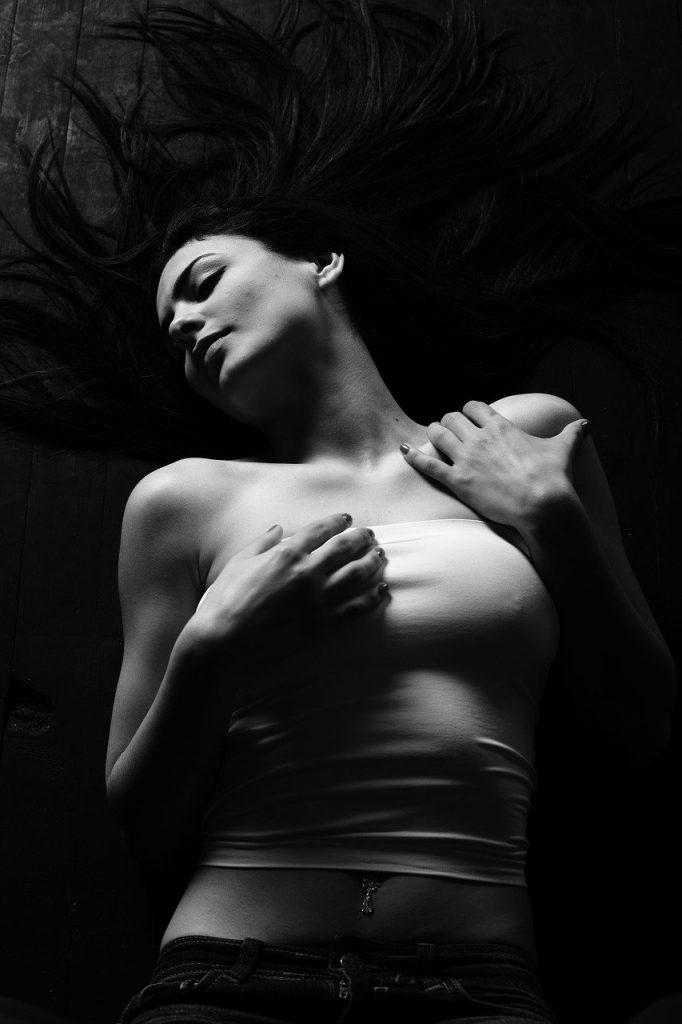
To make good black and white portrait photography, the best tip I can give you is to think in black and white. This may appear to be an odd concept at first. However, the more you practice seeing everything in the same tone values as a black and white photograph, the more compelling monotone images you’ll be able to create.
Tone is used to convey emotion in black and white portrait photography. It’s not just capturing the person’s expression that adds emotion to portrait photography; it’s also the use of tonal range and tone levels.
Learning to see in black and white entails understanding how different colors will appear as monotones in your photographs. How does red appear in black-and-white photography? What about the color pink? In a monotone image, how about light blue versus dark blue?
Blues and reds, in general, appear darker when desaturated than greens and yellows in a photograph. A color’s tint and shade also influence how it converts to black and white. A darker color produces a deeper tone than its lighter counterpart of the same color.
The way colors are converted to black and white is also affected by luminance. On a clear day, photograph the sky with your back to the sun. Depending on your settings, you may end up with a nearly black monochrome sky. If you photograph the sky closer to the sun, the monochrome image will be much lighter at the same exposure settings.
To be able to think in black and white, you must train your eyes to see color variations, tint and shade, and light. This may appear difficult at first, but as with anything, practice makes perfect. For ideas, look at a black and white photograph. Consider how the photograph would appear in color.
Switch Your Monitor/Viewfinder to Black and White
When learning to see in black and white, digital cameras come in handy. You can set your monitor to monotone mode. If your camera has an electronic viewfinder, you can set it to monotone mode. After adjusting these settings, you can now only see in black and white through your lens.
You may also be able to save only monochrome.jpg files of your photos. When you capture RAW files, all color information is saved in the file. Even if your monitor or viewfinder displays a monotonous image.
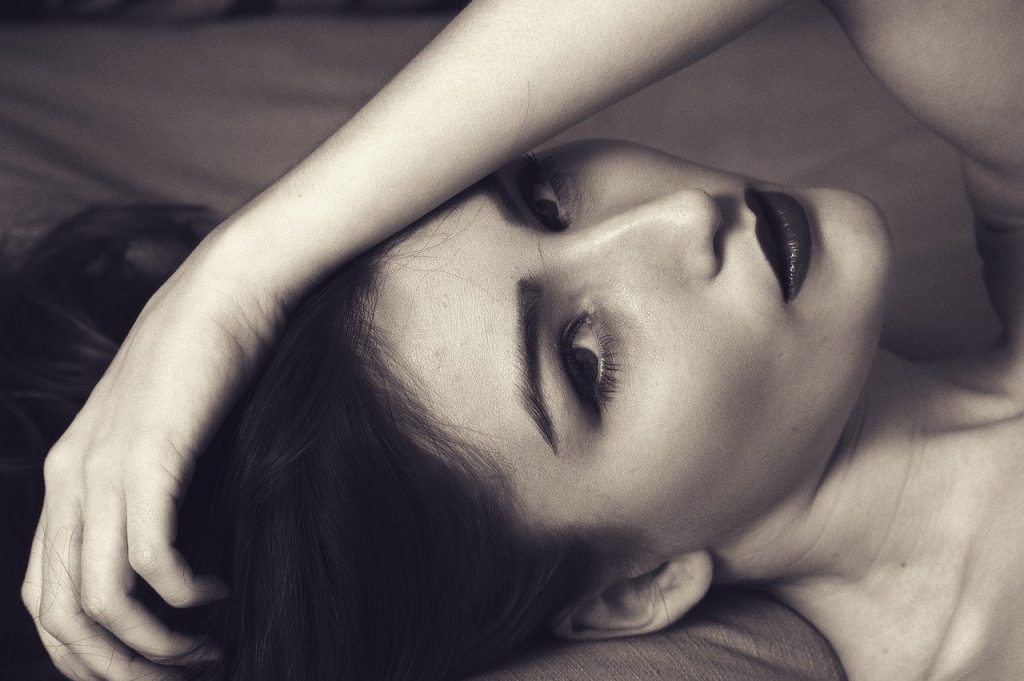
Using this function on your camera will teach you how to see in black and white. The more you look at a monochrome monitor or viewfinder, the easier it is to predict how the images will appear in black and white.
Experiment with seeing only black and white on your camera. Examine how you perceive colors when you are not looking at them through a camera. Then, on your camera, compare how the live view image appears in monochrome.
When photographing in low contrast light, the image of your black and white portrait may appear flat. This is somewhat dependent on your monitor/viewfinder settings. However, once you start editing your black and white photography, you’ll realize you have a lot of control. You can change the contrast and tone levels in them.
This feature is referred to differently by each camera manufacturer. Look for something like Picture Style or Control in your camera’s menu. If you can’t find it in the menu system, try an online search with your camera model in the search box. This is frequently more convenient than attempting to locate the information in your camera’s manual.
Choosing the Light for Creative Feeling
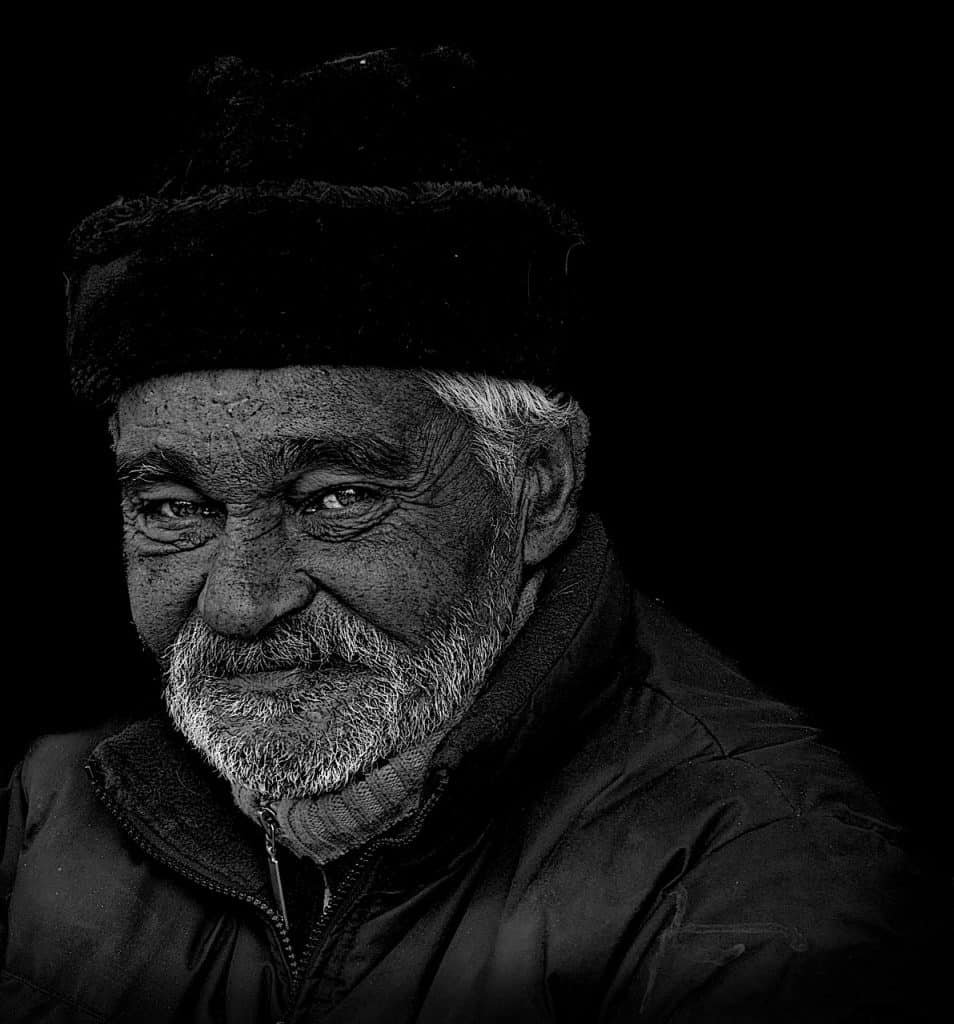
The feeling is important in all types of portraits. The mood of the portrait photo you take can be influenced by how your model looks, their expression, and the location they are in. Lighting can also have a significant impact on a portrait photograph. Whether the portrait is in black and white or in color, the lighting style has an impact on the image. When it comes to black and white portrait photography, lighting often makes a bigger impact.
Controlling the light you use to illuminate your subject and the background can make or break a black and white portrait. Soft lighting creates a more relaxed appearance. A more dramatic look is achieved by using hard light with dark shadows and bright highlights. Try to match your subject’s lighting and expressions.
One of the most important aspects of powerful black and white portrait photography is sculpting how the light and shadow fall on your subject.
You will not be as successful if your lighting is not set up in accordance with the style of portrait you wish to create. Matching the lighting style to your model and their surroundings helps to complete the mood you want to convey. Posing the model with an appropriate expression is also essential. I’ll go into more detail about this later in the article.
Using Hard Light for Powerful Black and White Portraits
Hard light produces a more contrasted portrait with darker shadows. When you use diffused light, the shadows are more clearly defined because the edges are harder. Because of the high contrast, many photographers avoid using hard light for photography. Bright light and hard shadows, when used correctly, can help create wonderfully dramatic portraits.
Unfiltered light is hard to light. As bright as the sun on a clear day. Looking at the shadows cast by the light reveals how harsh it is. The harder the light is, the more clearly defined the shadow edge is. Direct flash produces harsh light. It comes primarily from a small, bright light source.
It’s critical to be aware of where the shadows fall when taking portraits with hard light. To achieve the desired look, the position of shadows on a person’s face must be controlled, especially when taking a fairly close-up portrait.
The placement of the lights is important in determining how shadows fall. Experiment with lighting if you have access to it. Move it closer and farther away from your model. What effect does this have on the appearance of the shadows on their face?
Moving your model in relation to the light direction also has an effect on how the shadows appear on their face. The shadows will look different if they are facing a hard light than if they are turned to one side. Consider how their eyes appear. Is their squinting too much for you? If they are, you may need to relocate them or the light.
A certain amount of post-processing is required to achieve deep, rich contrast in your black and white photos.
Beautiful Photography with Soft Light
Because it is more flattering and easier to work with, soft light is frequently preferred for portrait photography. Soft light is diffused, resulting in shadows with lower contrast and fuzzy edges. When you use soft light to photograph people, you are far less likely to blow out the highlights or lose detail in the shadows.
When using studio lighting or flash, use a softbox, umbrella, or another light modifier to soften the light. On a cloudy day, the sunlight is softly scattered by the clouds. The light is soft everywhere in the shade.
On a sunny day, you can take advantage of shaded areas for black and white photography. The quality of light varies depending on how close your subject is to the edge of the shade.
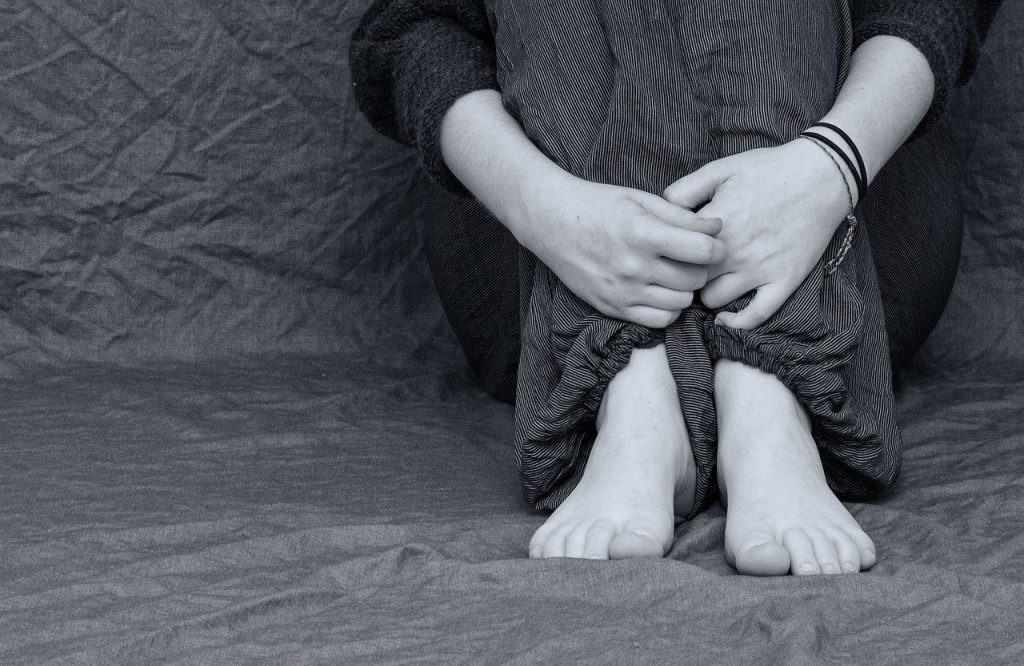
The light will be flatter and softer when your model is deep in the shade. The light will be brighter and more lively if they are placed in the shade but close to where the sun is. When you do this, you can often use light bouncing off the ground to help illuminate the subject you’re photographing.
I had my subject stand near the front of her house for the portrait above. The eaves of the house shaded her. The ground in front of her was bathed in sunlight. This served as a large reflector, reflecting light back up into her face and softening the shadows. During post-processing, I increased the contrast.
If I’d asked her to take a step forward, she’d be standing in direct sunlight. That would completely alter the mood of the image. The harsh shadows and bright highlights would clash with her contemplative mood, which I was attempting to capture.
Post-Processing for Stunning Black and White Photography
You have a lot of control over how your black and white photography looks during editing. There are numerous creative ways to convert colour images to black and white images using Lightroom or Photoshop.
Desaturating color digital portrait images is the simplest way to convert them to black and white. This almost never yields the best results. You have a lot of control over your RAW files by adjusting the tones in each color channel. When you manage the settings properly, you can completely change the tone of a specific color. This has the potential to dramatically alter the appearance of a monotone portrait.
Sliders or other controls are available in both Lightroom and Photoshop to control how each colour appears as a monotone. You can manipulate portrait images until you get a good result if you know how to be creative with your control of tone and luminance values.
Having a clear vision of how you want your portrait image to look will often cut down on the amount of time it takes to reach a satisfactory conclusion. If you’re not sure how you want your black and white photography to look, you could spend hours experimenting with how you edit it.
As you sit down to edit the photo, consider the mood it conveyed. How can you process the image in such a way that the mood of the image is preserved? Make your edits to match the lighting and the expression of your model.
When editing black and white portrait images, consider how the background or surroundings appear. Are you looking for them to be lighter or darker? With Lightroom and Photoshop, you can adjust the tone of the background so that it contrasts or blends in with your subject.
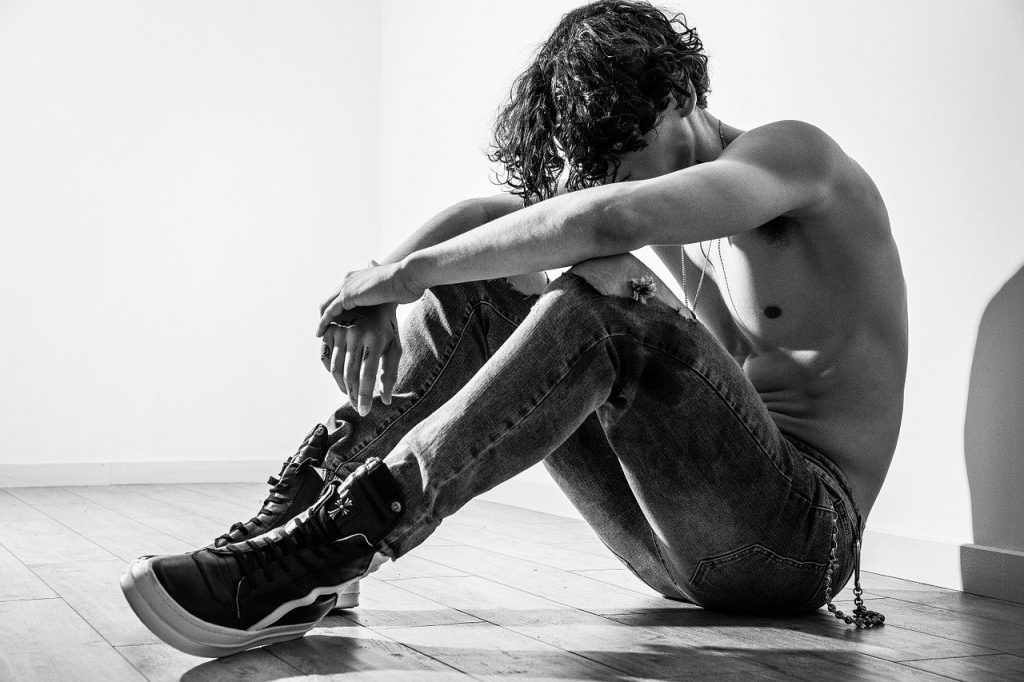
Connect With The Person You Are Photographing
Connecting with the people you photograph is essential for producing good black and white portraits. Capturing a great expression is essential for a good photograph. Many photographers focus too much on the camera and not enough on the expressions of their subjects.
Don’t just focus on getting your lens in focus and your camera settings correct. You are unlikely to elicit an interesting expression from them if you pay too much attention to these things and not enough to your subject.
When a photographer spends the majority of their time looking down at the camera, the subject may lose interest. They’ll be disinterested and bored by the time you’re ready to make their portrait. Then it will be more difficult to take an interesting photograph.
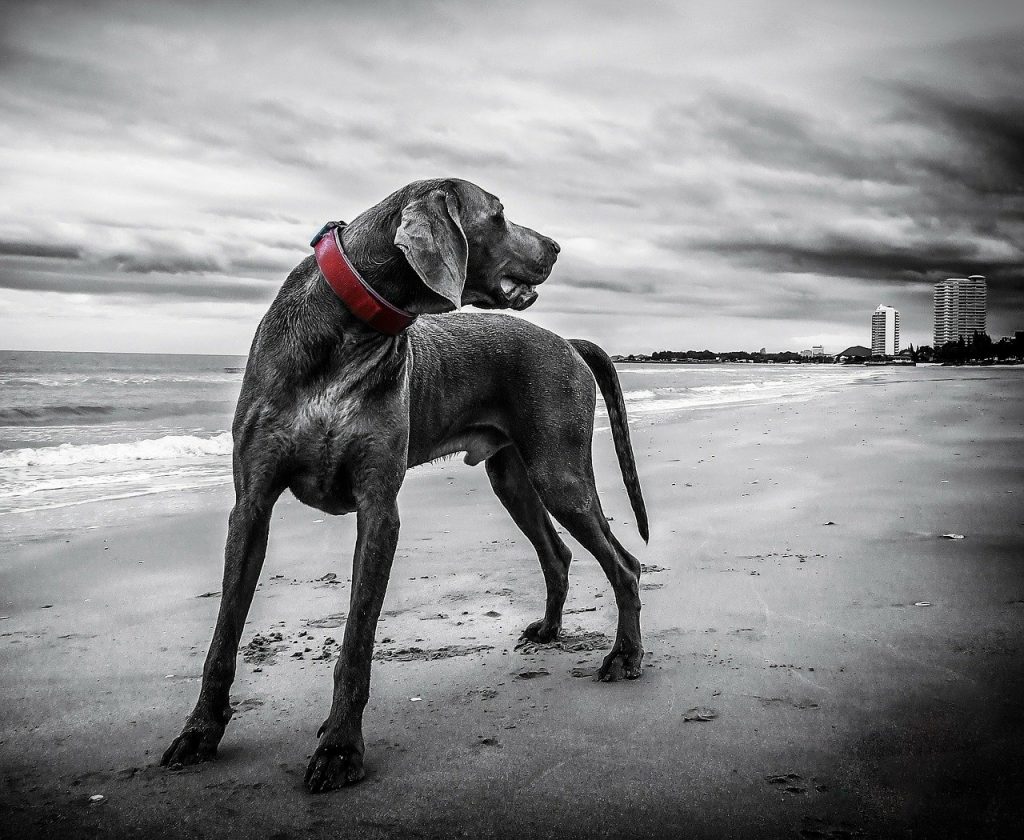
Take as much time as you can to set up your camera before engaging with your subject. Make an effort to pay attention to them. Pose questions to them. Demonstrate an interest in who they are. Even if it’s a familiar face. This will allow you to capture more interesting expressions in your black-and-white portraits. Make an effort to create an environment in which they will feel at ease.
You’ll be able to take more interesting photos of your model if you can communicate with them in a way that makes them feel at ease. When they are relaxed and confident, they are more likely to enjoy the photos you take.
If you are self-conscious and lack confidence in your abilities, the people you photograph will sense it. They will reflect your unease back to you. This is not always a pleasant expression.
If you want to learn more about how to become a portrait photographer, please read my book. I share my journey of overcoming shyness in Photographing People – A Guide for Shy Photographers. This enabled me to pursue a career as a portrait photographer.
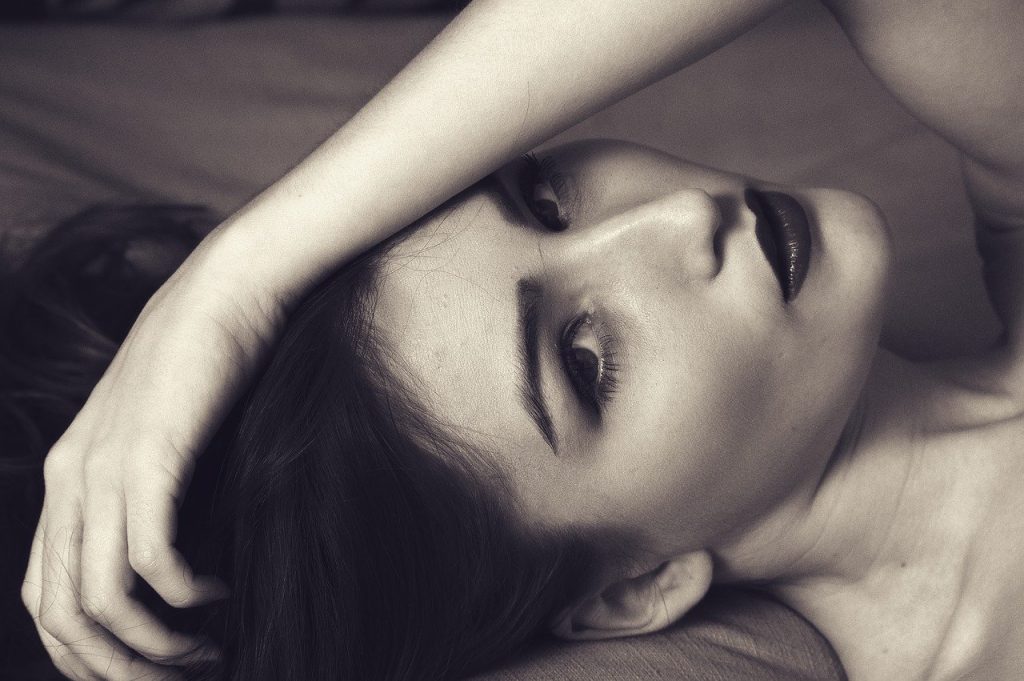
Conclusion
Photography in black and white is timeless. Monochrome images of people have a classic feel to them. An image of a person with no color can often project more emotion than one with color.
Develop the ability to think in black and white. Change your monitor’s or viewfinder’s resolution to black and white. This will assist you in learning how various colors and light values translate to monotone.
Lighting is always important in photography. In black and white photography, it may appear more so. When taking a portrait of someone, consider the quality of the light source you’re using. Is the effect appropriate for the mood of the photo you’re working on?
A black and white portrait is enhanced by skilled editing. Taking a photograph is only one aspect of creating a portrait. You can achieve the best results when converting your shots to black and white if you control the tone and luminance of the colors in your RAW files.
When creating a black and white portrait, the more you can interact with your subject, the more interesting it will be. This requires the same amount of practice and skill as learning how to use your camera properly.
Note: If you want to make some adjustments to the photo just let me know. I can do it for you at a very low cost. You can hire me to edit your photo.
LATEST POST
- Best web design companies in TrivandrumRainx LLP, Oregon Technologies, Redwet Solutions, and Globify Digital Solutions are among the best web designing company in Trivandrum, specializing in website development.
- Create a Digital Business CardCraft a digital business card that showcases your unique brand and personality. It’s simple to share and easy to update whenever needed. Plus, you’ll benefit from a free domain, hosting, and effortless social media integration. Ideal for professionals in any field!
- DeepSeek AIExplore the significant differences between DeepSeek AI and ChatGPT. Experience a more efficient and cost-effective AI solution tailored to your needs.
- AI tools for resume buildingExplore the best AI tools for resume writing freely to create your professional resume to stand out in an interview.
- Answer Engine OptimizationDiscover the key differences between AEO and SEO. Learn how Answer Engine Optimization can boost your online presence when combined with SEO strategies.

